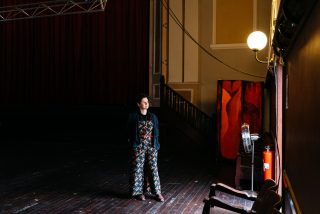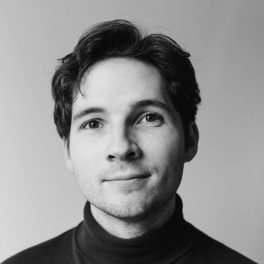
Walter Marsh
Walter is a writer and editor living on Kaurna Country.
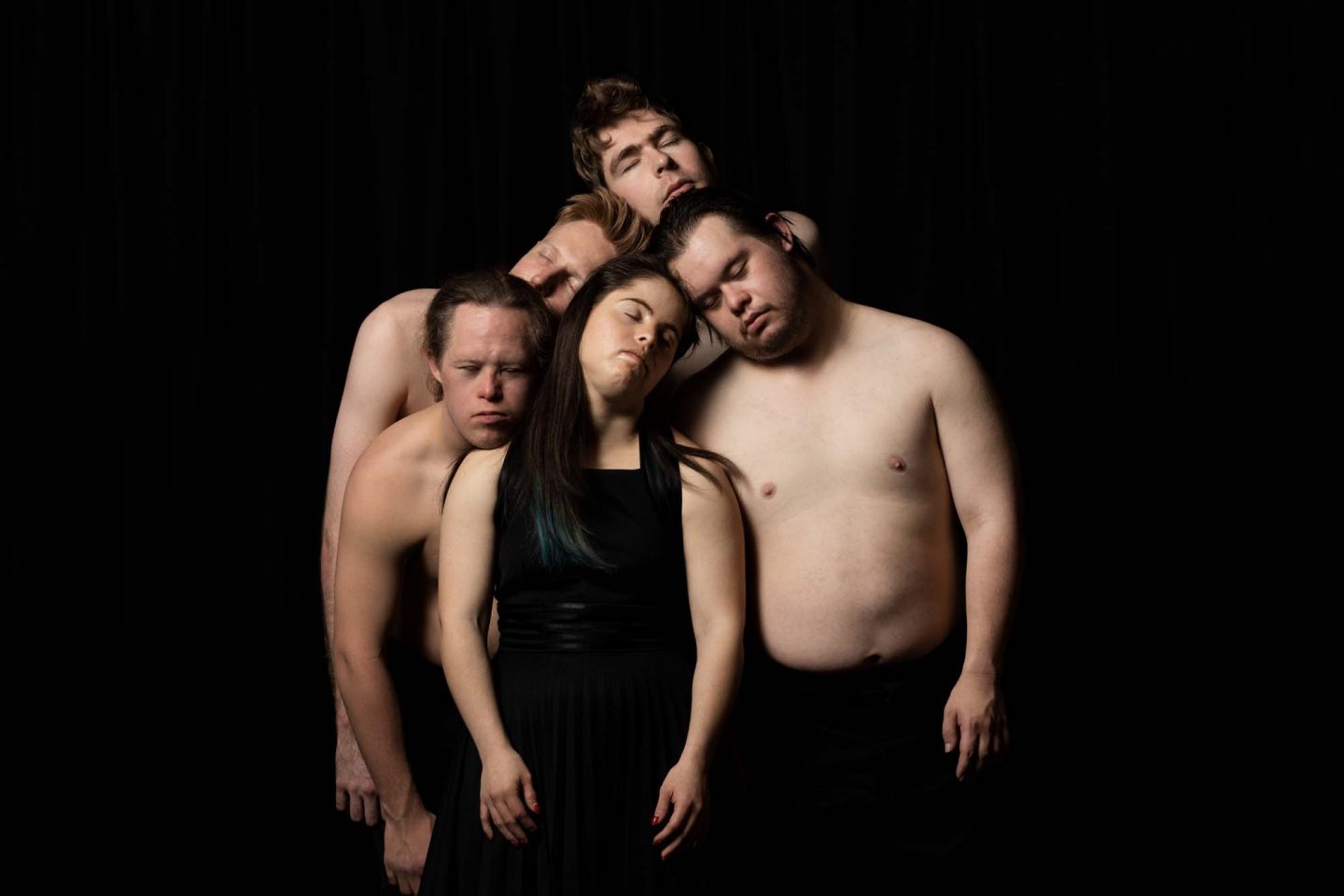
It’s been a tumultuous year for Restless Dance Theatre. As the company prepares to perform new work Seeing Through Darkness at AGSA this week, artistic director Michelle Ryan reflects on how far they’ve come.
“It was good for my soul to go back into the studio,” Ryan tells The Adelaide Review. “I was solo in my apartment without anyone coming in for seven and a half weeks. That was quite intense – Zoom saved me.”
Back in March, Ryan and Restless Dance were in a similar position to many artists and organisations around the world as widespread closures threatened to derail their public programs – and core practice – for the foreseeable future. A shock decision by the Australia Council to not renew Restless’ four-year-funding added to the pressure, leaving the long-term future of the award-winning company up in the air.
Despite its prospects beyond 2022 remaining opaque (“It is still very scary for us,” Ryan says), South Australia’s comparatively positive COVID-19 outlook allowed the company and its dancers to find purpose once more in the studio.
“At first we didn’t touch, we did social distancing in our studio because there was a bit of fear,” she says. “We were really lucky; because of the situation in South Australia that we were able to go back into the studio with the dancers by creating a bit of a Restless ‘bubble’ for our main seven dancers, that was really lucky, and we had an exemption so we were able to go back and be able to dance together, and be able to touch. It’s quite hard not to do when you’re dancing – we were very lucky.”
“We kind of modelled it on a lot of the football teams,” she says of the ‘bubble’, which saw the access to the Restless Dance building restricted to just the dancers and the core staff. “We had a strict protocol, and a COVID plan that was approved. Everyone every day gets asked a set of questions, [and] doing the sanitising, taking temperatures, and tracing – everyone having to fill in who they were, when they arrived, when they left. We were very, very careful.”
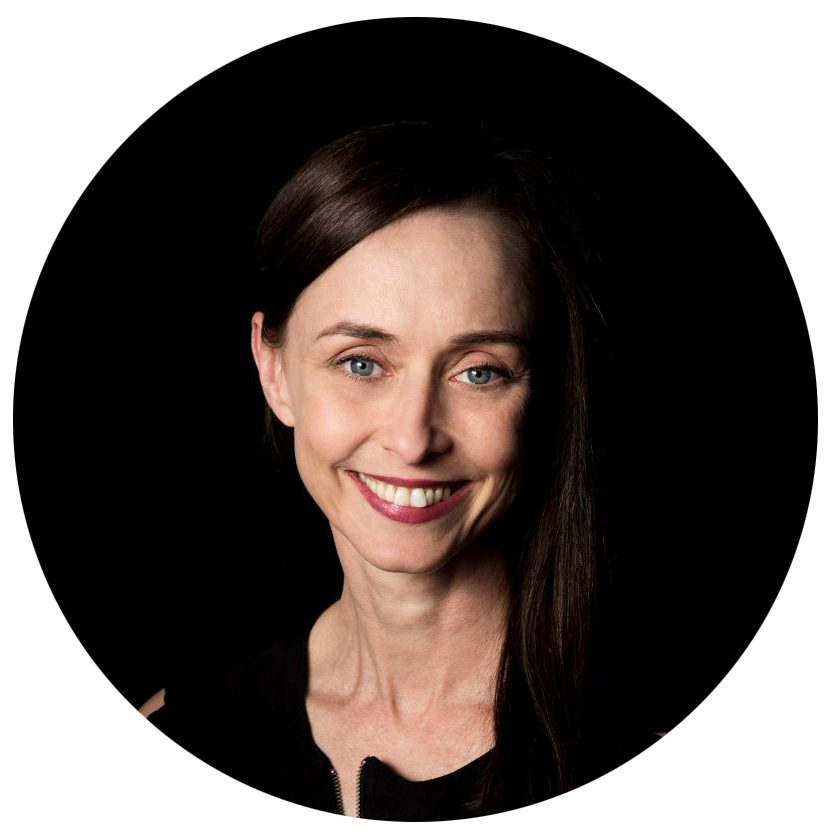
“Over the last eight years at Restless, I feel like all the colours have come back into my life.”
Michelle Ryan
They also had something to work towards, as the reopening of AGSA made the staging of its planned September work Seeing Through Darkness a real possibility. “We’ve been in conversations with AGSA about this project for five years – so when COVID hit it was like, ‘Nooo’,” she says. “But we were very lucky that we had done most of the development work at the end of last year – we had the main guts of the show already there.”
There were some adjustments required, with Zephyr Quartet’s Hilary Kleinig and Emily Tulloch having to create their score remotely. “I used their music as a starting point, then they would make a new composition based on the edited version of what I had made from rehearsal – it was a very unusual collaboration. Normally you would have people in the room together, create together.
“But it’s come together, and Geoff Cobham has done a really exquisite lighting installation and design,” she says, noting its use of special Danish track lighting that “was literally sent over from Denmark and got into the country before the all the closures”. “It’s like the light really is painting the walls.”
Seeing Through Darkness was created in response to the work of French expressionist Georges Rouault held in the AGSA collection. “I was invited by Lisa Slade to look around the permanent collection and see if there was an artist that I would like to respond to,” Ryan explains. “I actually thought that I would probably go for something that was bright and pretty, but I was really drawn to the work of Georges Rouault.
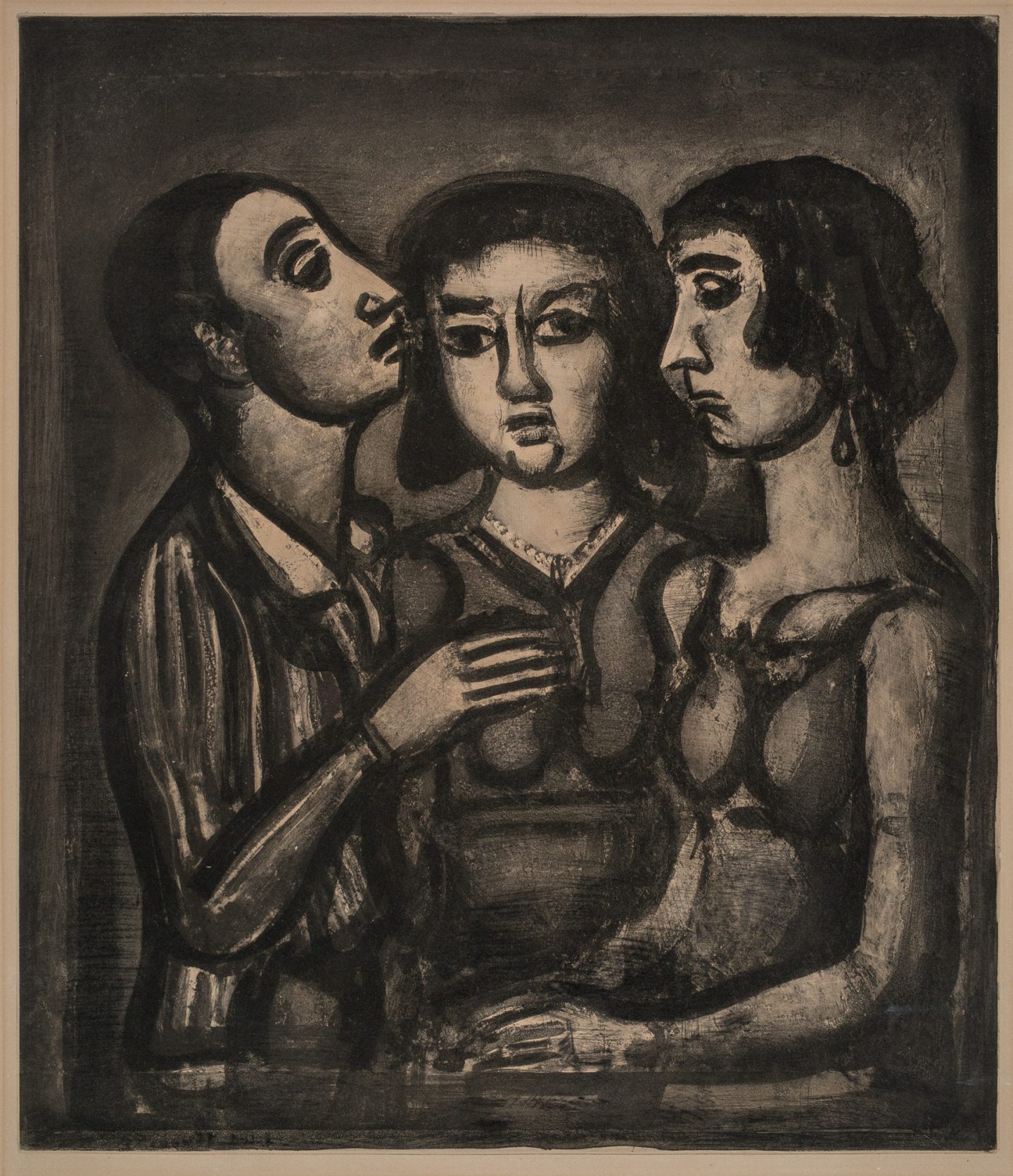
“The work is charcoal, and they’re quite dark, but there was an emotional connection to it straightaway. In some ways they’re not beautiful at all in a traditional sense – it’s really about the form of the body, accentuating the physical form. I often talk about [how] when I acquired disability, it felt like all the colour had been drained from me. Over the last eight years at Restless, I feel like all the colours have come back into my life. I just looked at these charcoals, and there was a beauty and a sadness in a lot of the works, but at the same time the portraits he’s made, there’s support and love within that as well.”
The prospect of Restless’ performers responding to these works promises to be a compelling experience; unfortunately for many, current capacity restrictions mean the entire run of 45 performances is now fully booked.
“It’s only 10 people at a time,” Ryan says. “It’s quite a beautiful intimate show in a way, for seven dancers to be performing for ten people – it just shows that people want to return to art.”

Walter is a writer and editor living on Kaurna Country.
